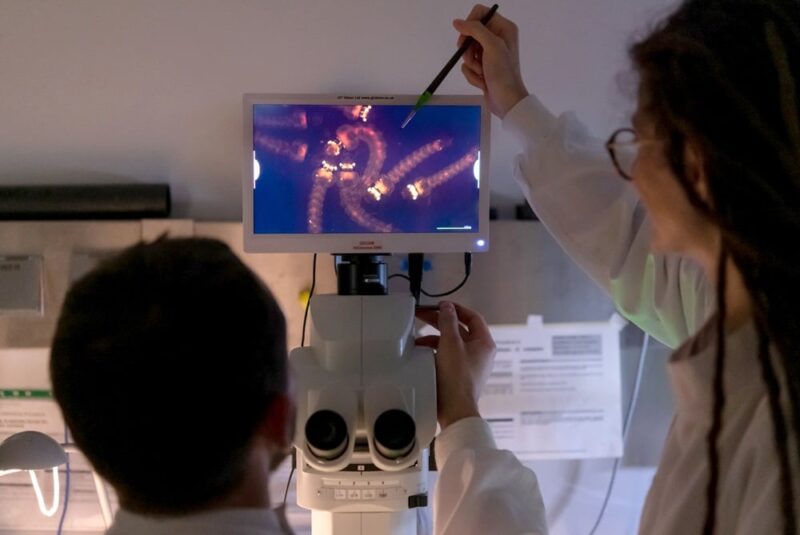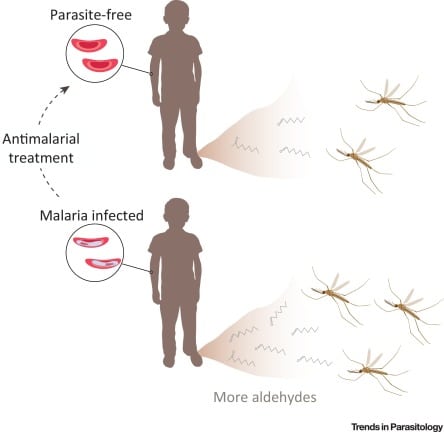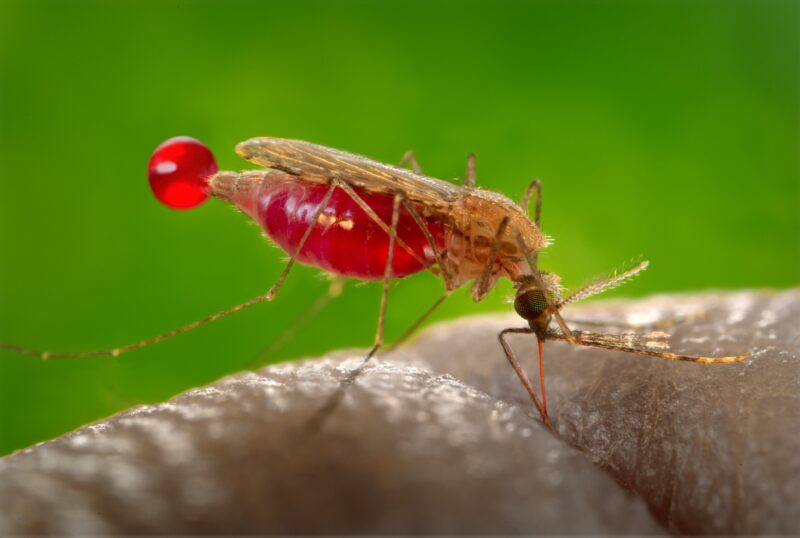Endectocides are one of the interventions against mosquito-borne diseases, such as malaria. Exposing mosquitoes to insecticides is leading to resistance. This makes more mosquitoes capable of infecting many people. Scientists believe that coming up with more innovative interventions like endectocides can help cut down the deaths from mosquito-borne diseases.
What Endectocides Are
These are medications that work from the bodies of humans. If you take endectocides, they will have an effect on mosquitoes when they bite you. Endectocides are the primary treatment drugs for onchocerciasis. One example is ivermectin. Studies show that mosquitoes that fed on humans who took this drug do not survive.

Endectocides like ivermectin will be effective only when you take more frequent or higher doses than what you receive during deworming. This drug is safe to take in higher doses. Frequent dosing may decrease mosquito populations. Other scientists are already investigating other endectocides that may have the same effects. This form of mosquito control allows you to stay anywhere on Earth with blood that is deadly to mosquitoes whether they are active at night during the day, outdoors, or indoors. Endectocides can affect many species of mosquitoes.
Endectocides control the population of nematodes in humans, as well as in other vertebrates. They are toxic to Anopheles mosquitoes when they suck blood from a human that has these drugs in the system. That is why these medications are new and powerful malaria control tools.
When It All Started
Research shows that endectocides are ectoparasitocidal and endoparasitocidal. Ivermectin is semi-artificial avermectin derivative. It was initially licensed in 1981 as a drug for animals. Until now, it is an effective drug against ectoparasites and nematodes. It is also powerful and has long-lasting effects on the lymph and blood. Ivermectin is safe to use on vertebrates. Avermectin is the most well-developed and effective group of endectocides. It is derived from an actinomycete’s fermentation broth.

What Endectocides Have to Offer
The following are the features of endectocides:
- Reduces disease transmission by population.
- The presence in the host’s blood is deadly to all feeding mosquitoes.
- Affects the behavior of the mosquito.
- Can be a standalone treatment.
- Able to combine with other mass drug administration for malaria.
- Suits all age groups.
- Safe for lactating and pregnant women, as well as women of childbearing age.
- Suitable for kids below five years old.
- Controls disease-carrying mosquitoes including resistant ones.
- Also targets intestinal parasites and nuisance-biting arthropods.
- Reduces the incidence of malaria by 20% at a population level.
- Decreases disease transmission by 20%.
- Knocks down mosquitoes after a blood meal.
- Decreases the mobility, fitness, and fertility of mosquitoes.
- Lengthens the period between feedings.
- An injection or oral tablet once a month will give the individual at least 30 days of protection.

Endectocides already exist, but they are repurposed for controlling malaria. The need for more interventions against mosquitoes has resulted in the development of more drugs like them. These efforts are important in battling what seems to be an endless fight against mosquito-borne diseases.